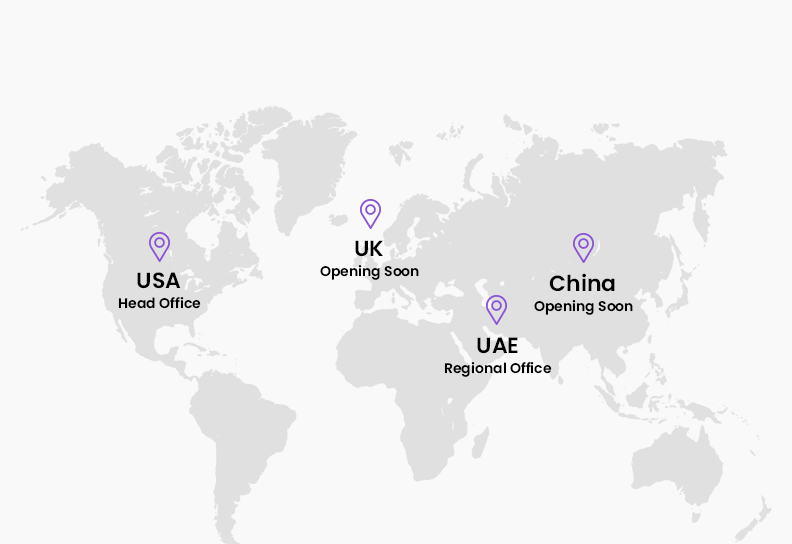In today’s digital age, Ecommerce Development has become a crucial part of the business world. As technology has evolved, businesses have moved from physical brick-and-mortar stores to online stores to reach a larger audience. However, as businesses grow, they often need to migrate their eCommerce sites to a different platform for various reasons and often require the services of an e-commerce development company. eCommerce migration can be a daunting task, but with proper planning and execution, it can be successful. In this blog, we will discuss how to run a successful site eCommerce migration.
Evaluate The Current eCommerce Website
Before migrating your eCommerce site, you need to evaluate your current site to understand what works and what doesn’t. This step will help you identify areas that need improvement and ensure that your new site does not have the same issues. This evaluation should include:
- Website performance and speed
- User experience and design
- Website functionality
- Sales performance and analytics
- SEO performance
Choose The Right eCommerce Platform
Choosing the right eCommerce platform is a critical step in the migration process. The platform you choose should align with your business goals and support your business growth. Some popular eCommerce platforms include Shopify, Magento, WooCommerce, and BigCommerce. When choosing an eCommerce platform, you should consider the following factors:
- Scalability
- Customization options
- Integration with third-party apps and tools
- SEO optimization capabilities
- Security features
- Cost
Plan The Migration Process
Planning is crucial in ensuring a successful eCommerce migration. You should create a migration plan that outlines the following:
- Timeline: Determine a realistic timeline for the migration process, taking into account potential delays and issues.
- Content migration: Decide how you will migrate your product descriptions, images, customer data, and other important content from your current site to the new platform.
- Design and development: If you plan to redesign your site, you should create a design plan that includes wireframes, mockups, and design elements. You should also plan the development process, including customization and integration with third-party tools.
- SEO: Create an SEO plan that includes mapping old URLs to new ones, ensuring proper redirects, and optimizing new content for search engines.
- Testing: Create a testing plan to ensure that your new site is functioning correctly before launch.
Prepare For the Migration
Before migrating your eCommerce site, you should take the following steps to prepare:
- Back up your current site: Ensure that you have a backup of your current site in case of data loss during the migration process.
- Notify your customers: Inform your customers of the upcoming migration and provide them with any necessary information about the process and how it may affect their accounts and orders.
- Prepare for downtime: During the eCommerce replatforming process, your site may experience some downtime. Notify your customers of any expected downtime and plan accordingly to minimize its impact on your business.
Execute The Migration
Once you have planned and prepared for the migration, it’s time to execute it. The execution process should follow your migration plan and include the following steps:
- Install and configure the new eCommerce platform.
- Migrate your content, including products, customers, and orders.
- Test the new site’s functionality, including checkout and payment processing.
- Launch the new site
- Monitor the site for any issues, and resolve them promptly.
Post-Migration
After migrating your eCommerce site, you should take the following steps:
- Test the site thoroughly to ensure that everything is functioning correctly.
- Monitor the site for any issues and resolve them promptly.
- Update any necessary URLs to ensure that all redirects are working correctly.
- Notify your customers that the migration is complete and provide them with any necessary information about the new site.
- Promote the new site on social media and other marketing channels.
Conclusion
In conclusion, migrating an eCommerce site can be a daunting task, but with proper planning and execution, it can be successful. It’s important to evaluate your current site, choose the right eCommerce platform, plan the migration process, prepare for the migration, execute the migration, and follow up with post-migration steps. Remember to test the new site thoroughly and monitor it for any issues. By following these steps, you can ensure a smooth and successful eCommerce migration that will benefit your business in the long run. If you’re looking for eCommerce migration services then Ecommerce House has got you covered! Get in touch with us to learn more about our eCommerce website development & maintenance services and all the deals you can avail of.









